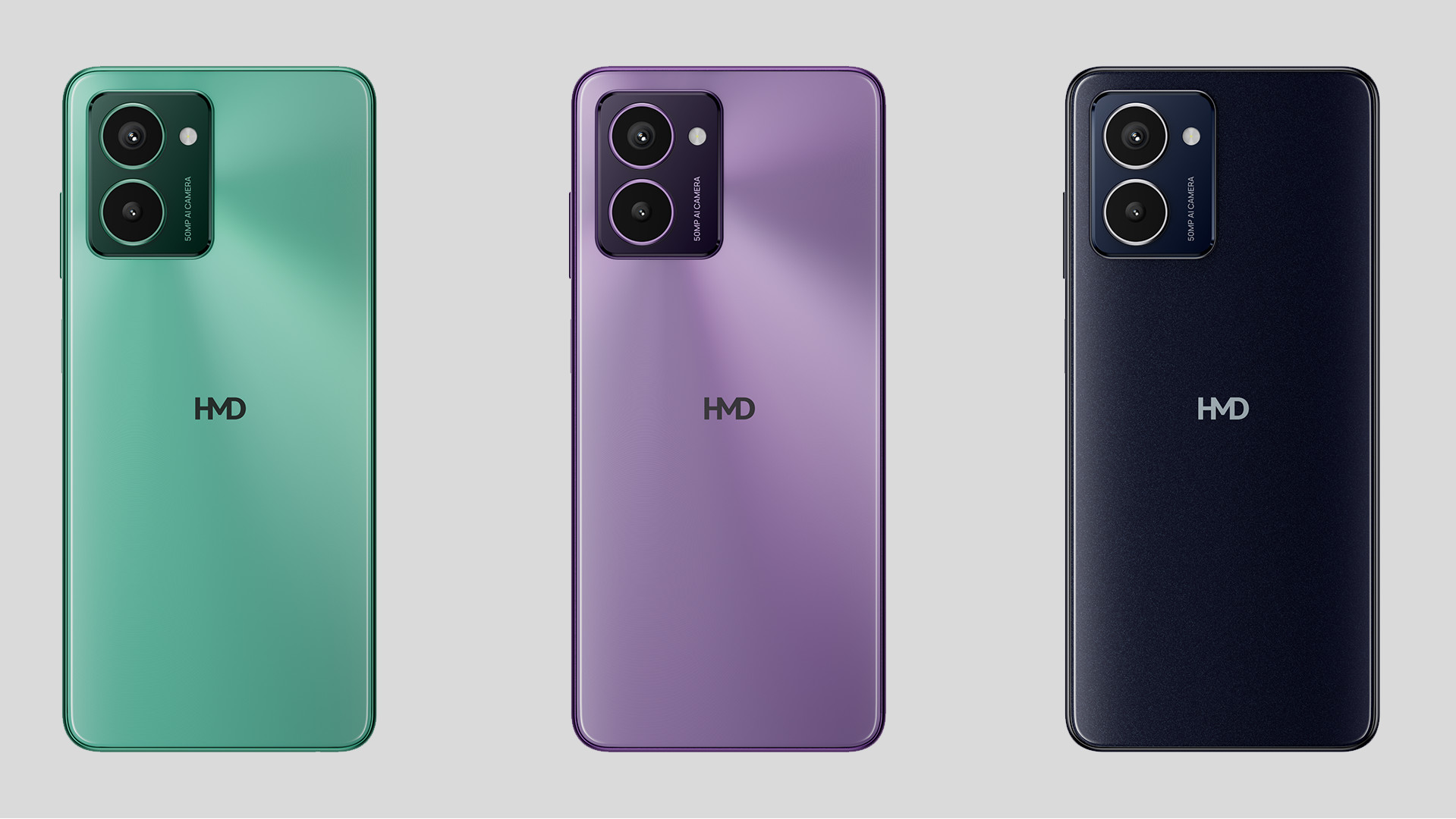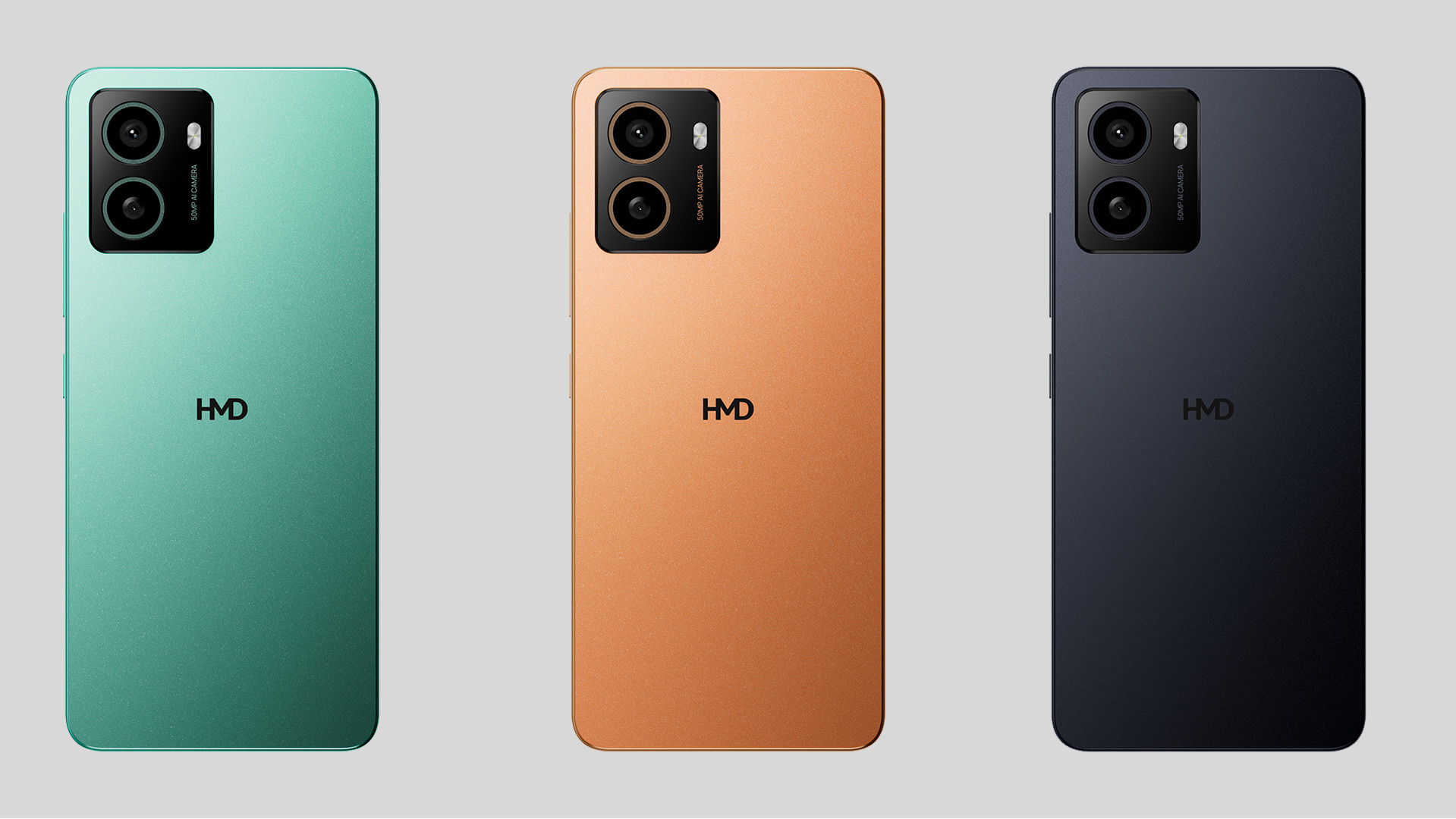HMD is breaking into new territory by launching its first smartphone line under an original name. It’ll no longer be known as just a manufacturer of Nokia phones. In total, there are three mid-range devices in the series: the HMD Pulse, Pulse Plus, and Pulse Pro. The third model is meant to be the leader of the pack, although if you look at their respective specifications, you’ll notice they are all very similar to one another with a few differences.
The HMD Pulse Pro houses a Unisoc T606 processor running on a 5,000mAh battery capable of lasting up to 59 hours on a single charge. Buyers can equip the phone with up to 8GB of RAM. Storage capacity peaks at 128Gb although you can expand it up to 256GB with an SD card. On the front, you have a 6.65-inch HD Plus touchscreen with an image resolution of 1,612 x 720 pixels. Up top is a 50 MP selfie camera supported by multiple features. Gesture Navigation, for example, lets you use hand gestures like a finger heart or a thumbs up to instruct the selfie lens to take a photo. And pictures taken at night are, the company claims, "clear as day” thanks to AI Super Portrait boosting the luminosity.

Around the back is a two-camera setup consisting of another 50MP lens and a 2MP depth option. They too have their own set of supporting features. Skin tone optimization ensures people of different skin complexions look good in photographs no matter what. You also have Flash Shot for taking multiple pictures in quick succession.
Performance gap
When it comes to the other two models, they have nearly identical configurations. The same chipset, the same battery, the same display, and so on. Differences among the trio are centered around their camera system. HMD states the Pulse Plus has a 50MP rear camera (even though you see two lenses) and an 8MP selfie. The standard Pulse phone bumps the rear lens down to just 13MP. Some of the Pulse Pro’s image-enhancing software is found on the pair, like the skin tone optimization, but the hand gestures aren’t.

It’s also important to mention that all three are repairable. HMD is partnering up with iFixit in providing spare parts. Users will be able to replace cracked screens, bent charging ports, or a completely dead battery. No word on when the repair kits and parts will launch. They’re not available on iFixit’s website at the time of this writing.
Availability
The standard Pulse phone is available for purchase in the UK for £99.99 on HMD’s website in Meteor Black. The Dreamy Pink variant is out of stock at the moment. Both the Pulse Plus and Pulse Pro will roll out in the United Kingdom soon, however an exact date was not given.

There are plans to launch an independent phone in the United States known as the HMD Vibe. It'll be similar to the others in that it'll have a two-day battery life, 4GB of memory, and a dual camera setup. However, the Vibe will house a Snapdragon chipset rather than the Unisoc processor.
There are also plans to release the trio in the EU. But if you try to buy any of them on the international page, you’ll just run into an error message. We reached out to the brand for more information.
Check out TechRadar's roundup of the best cheap phones for 2024 if you want recommendations.
You might also like
via Hosting & Support
Comments
Post a Comment